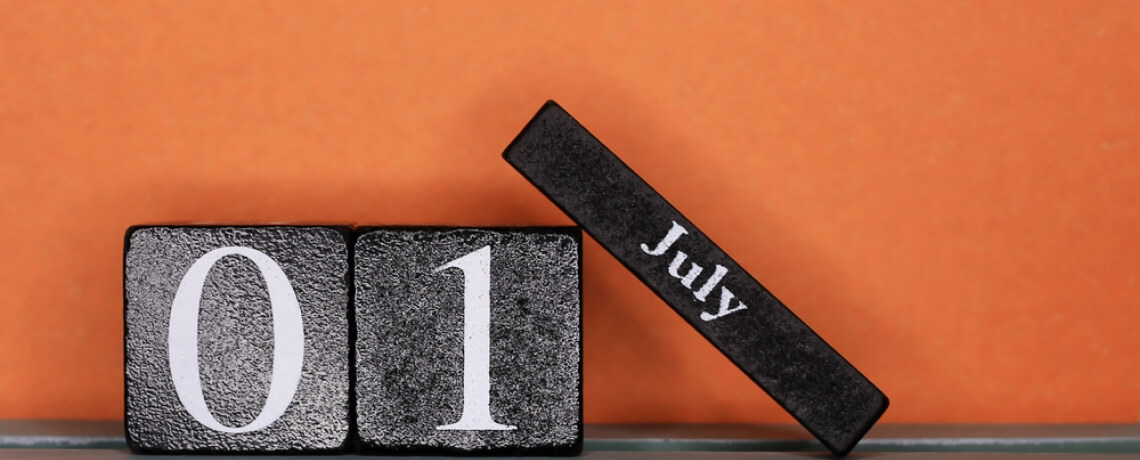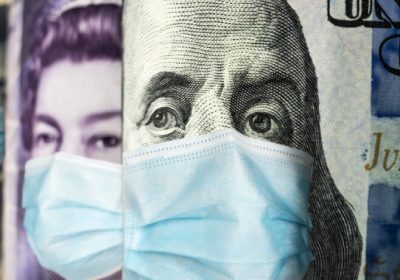
- Author: Stephen Koukoulas | Chief Economist
- Posted: July 1, 2020
A Happy New Financial Year?
By Stephen Koukoulas, Chief Economist
The bad news is the financial year 2019-20 is ending with the Australian economy in recession.
The good news is 2020-21 will see an economic recovery.
The current debate is focussed on the sort of recovery that will unfold during the year ahead. While no one is realistically expecting the economy to rapidly snap-back to where it was in late 2019 as the fall-out from the COVID-19 recession passes, there is hope that as the restrictions are eased and we consumers start to shop and spend, the economy will be on a path to decent recovery.
While there are some encouraging hints in parts of the economy, there are significant problems in the labour market. This points to weak household income growth and with that ongoing sluggishness in household spending. Recall that over 50 per cent of GDP is household consumption spending and its recovery will be vital for the economy in the years ahead.
In the first half of 2020-21, many economic indicators will show a statistical recovery – after sharp falls in the first half of the year, GDP will edge up, as will employment. This will be welcome, but a return to ‘normal’ economic conditions with full employment and inflation in the RBA’s 2 to 3 per cent target appears to be an issue for 2021-22 rather than 2020-21.
Good news
Monthly retail sales have been extremely volatile during the lock down. With retail venues continuing to open in June, it is likely there will be a further rise in retail spending in the near term. The rebound in consumer sentiment in recent weeks is also encouraging.
At the same time, house prices have been resilient. While the number of housing sales has been sharply lower, the absence of forced selling, banks giving a mortgage holiday and record low interest rates have supported prices. Prices are down around 2 per cent from the peak in April.
It is also encouraging that exports and commodity prices have been resilient despite a weak global economy. This suggests that the Australian dollar, which has recovered to around 67 to 69 US cents in recent weeks, is at a competitive level for most businesses.
While it may not continue, it is a good sign that financial markets have traded in a generally orderly fashion through most of May and June following the huge volatility around March and April.
Bad news
The labour market appears to be the most significant constraint on the economy.
Labour underutilisation is currently 25 per cent of the labour force. That is, people unemployed, underemployed or who have given up looking for work in the last few months as the economy has fallen into recession.
With wages growth weaker, it will be difficult for a fully fledged lift in consumer spending to be sustained.
Another downside for the economy is the weakness in private sector business investment, including construction. The likelihood of investment in new hotels, shopping centres, planes and houses, for example, is low given the huge spare capacity in these areas – this is unlikely to be reversed any time soon.
These specific problems are likely to be exacerbated by a slump in net immigration levels. Strong population growth has been a vital aspect of Australia’s economic landscape for many years. With the borders closed, net immigration levels are likely to fall to just above zero. This will dampen economic growth and importantly, take away a key driver on dwelling construction and demand for housing.
Looking forward – some opportunities for agile businesses
Even in the current circumstances, there will be opportunities for businesses. Interest rates are set to remain low for an extended period which will encourage investment as conditions lift.
Some businesses have adapted to changing circumstances and behaviour of consumers – gin distillers making hand sanitiser for example. Working from home will see demand for secure IT equipment to remain strong. Domestic tourism will likely replace international tourism as the internal borders open in time.
The government’s policy response remains critical given the weakness in private sector demand. More fiscal stimulus will be needed including in the transition at the end of September to the wind back of JobKeeper and JobSeeker.
The budget on 6 October will be a critically important policy suite in setting the scene for the recovery.
The bottom line is that the worse has passed for the economy and even though 2020-21 will be a better year, many sectors will face tough times as consumer demand and business investment take time to fully recover.








